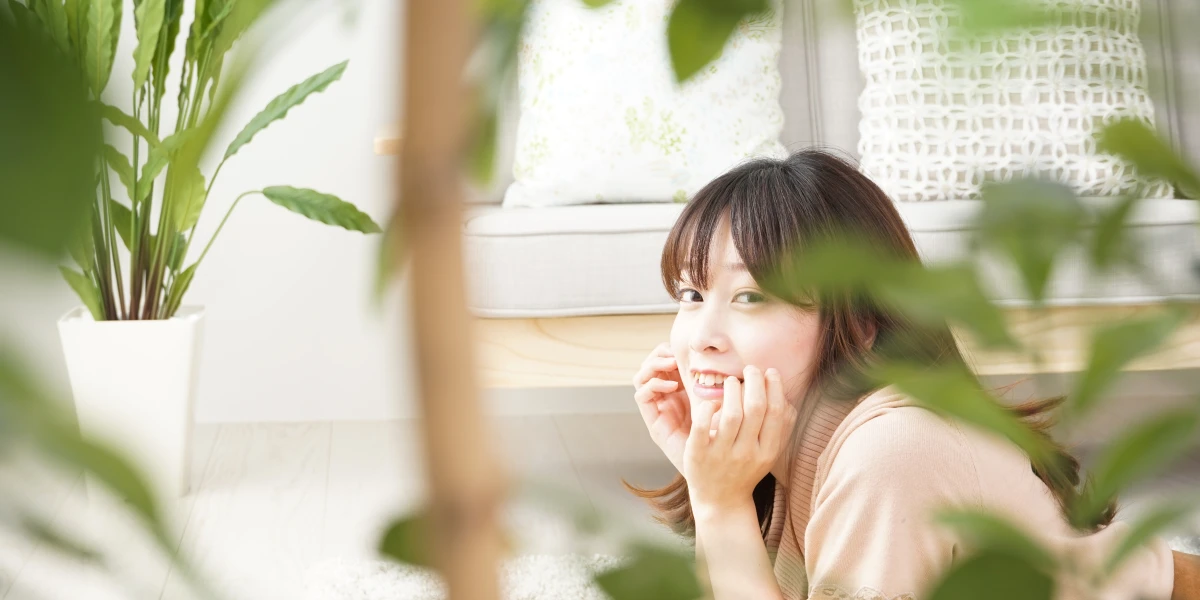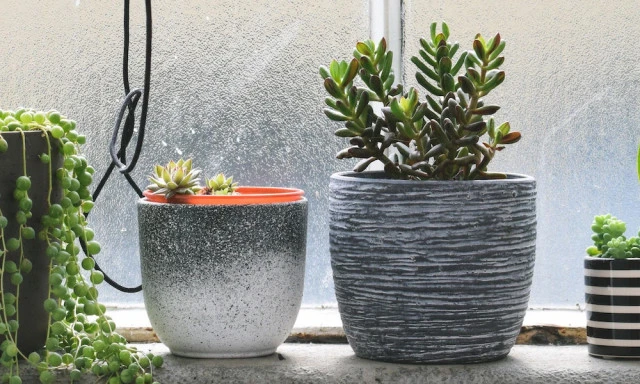History, and archaeology, show that there have been houseplants for as long as there have been houses. Think of the hanging gardens of Babylon, these may, or may not have been partially indoors. Chinese emperors are known to have had their palaces filled with plants in pots, think of our jardinières. Throughout Europe and for centuries grand houses had orangeries; glassed pavilions filled with exotic plants. However, it is not until recently, that houseplants became something that those less privileged have been able to enjoy the pleasure of growing.
With the industrial revolution, glass, electricity, and plumbing became accessible to more people, so exotic indoor plants could more easily get the light, warmth, and water they need. To begin with, these valuable resources could only be ‘wasted’ on plants by the relatively well-off. However, as industrialisation began to improve the income of people, the growth of indoor plants became a status symbol, and some judiciously situated plants in the window of the front parlour became de rigueur.
In the early days of houseplant desirability, there were limited options of plant varieties; common Victorian varieties included Kentia palm, Maidenhair fern, Parlour palm, Hyacinth, English ivy, and Philodendron.
Plant hunters were searching the world for new and exotic plants, not only as a scientific endeavour of discovery. Some enterprising botanists realised there was a market for those plants that could be grown in their native countries, and sold as houseplants to homeowners that wanted to have something their neighbours did not.
Nurseries now propagate hundreds of varieties by the million. The fashion for growing plants indoors, in pots and on balconies and terraces has become a universally popular pastime. As urban environments expand and the populations grow, space for outdoor gardens becomes more expensive and gardens become smaller or are replaced by high rise living. This means that growing indoors becomes a more important part of modern life.
It is not only at home that we might grow plants indoors. Offices, cafes, restaurants, malls, and other communal spaces are improved by the naturalising effect of indoor plants. They help in dampening sound and echoes in large spaces, they help purify the air and they soften the straight lines of our buildings.
Houseplants will even bring people together in a common love for, or challenge of, growing particular families of plants; there are societies for Orchid fanciers, growers of cacti and succulents, bonsai clubs, Fern fanatics, Bromeliad buffs, those interested in insectivorous plants and many more.
Do not be scared to join them. There is a lot of help and advice available for the novice and the expert alike, including here on the Kiwicare website.
David Brittain
Kiwicare


